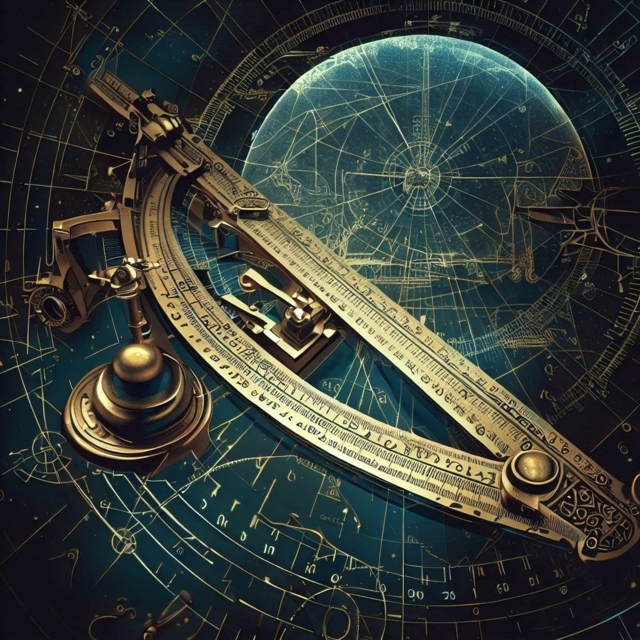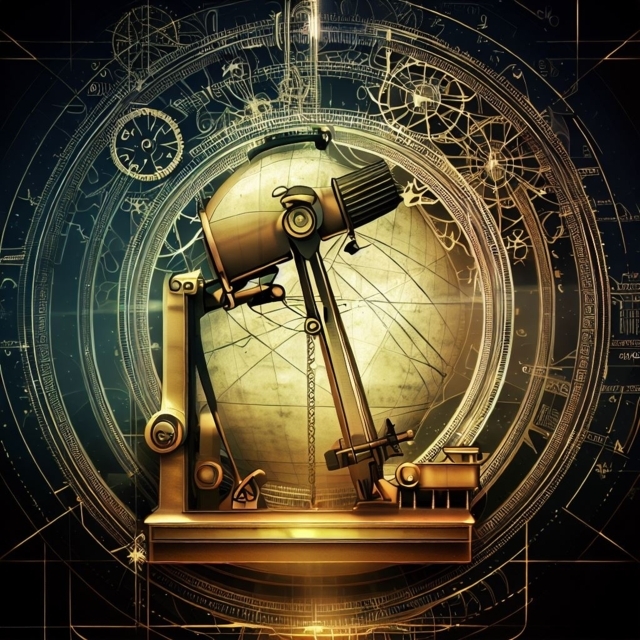How He Built an Empire of Knowledge Through Observation and Calculation?
In the heart of Central Asia lies the ancient city of Samarkand, once home to one of the greatest scholars and astronomers of his time: Ulugh Beg. Today, little remains of the great observatory he built there over five centuries ago, but its legacy continues to inspire generations of scientists and historians alike.
Early Life
Ulugh Beg was born into a world of turmoil and uncertainty. His father, Shah Rukh, ruled over much of modern-day Uzbekistan, Afghanistan, and Iran from his capital in Herat, but the region was plagued by constant warfare between rival factions vying for power. Despite these challenges, however, Ulugh Beg’s parents ensured that their eldest son received an education fit for a prince, studying literature, mathematics, and astronomy under some of the finest teachers of the day.
In 1409, following the death of his father, Ulugh Beg inherited control of Samarkand and swiftly set to work establishing himself as both a powerful ruler and patron of learning. He oversaw the construction of numerous mosques, madrasas (Islamic schools), and other public buildings, creating a cultural hub that attracted scholars from across the Islamic world. However, it was the observatory he commissioned that truly cemented his reputation as a pioneering astronomer.
Completed around 1428, the Samarkand Observatory stood out among its peers for several reasons. First, it boasted a massive sextant – a complex instrument used to measure angles and positions in the sky – with a radius of nearly thirty feet. This allowed Ulugh Beg and his team to make precise observations of celestial objects, including stars, planets, and even comets. Second, the observatory housed a library containing scores of important astronomical texts, many of which had been translated or revised specifically for use there. Finally, Ulugh Beg insisted on rigorous quality control, requiring his astronomers to verify each others’ measurements before incorporating them into their calculations.
Achievements
The fruits of this labor were manifest in two groundbreaking works produced at the most comprehensive star catalog ever compiled up until that point. The Almagest contained data for over a thousand stars, along with their coordinates, magnitudes, and various other details. It also included tables estimating the positions of the Sun, Moon, and planets based on mathematical models developed using observations from the Samarkand Observatory.
While Ulugh Beg’s own name may have faded somewhat from memory since his time, the influence of his observational methods and publications lived on through later astronomers such as Tycho Brahe and Johannes Kepler. Their contributions, in turn, laid the foundation for Isaac Newton’s laws of motion and universal gravitation, helping usher in the Scientific Revolution and transform our understanding of the universe itself.
Yet despite all his achievements, Ulugh Beg’s life ended tragically. As he lay on his deathbed in 1449, his own sons accused him of heresy and imprisoned him. Although they eventually released him due to popular pressure, the experience weakened the aging scholar significantly, leading to his eventual demise just months later.
Conclusion
Today, visitors to the ruins of the Samarkand Observatory can still glimpse the remnants of Ulugh Beg’s legacy. A crumbling section of wall marks the location of the giant sextant, while tattered fragments of manuscripts reveal intricate illustrations of constellations and astronomical instruments. These humble remains serve as a testament to the brilliance and determination of a man who dedicated his life to exploring the mysteries of the heavens above.
As we stand amidst the rubble of history, we do well to remember how even small actions, taken with conviction and passion, can echo throughout time, shaping future discoveries and inspiring those yet unborn. So let us celebrate Ulugh Beg, his observatory, and the enduring spirit of curiosity that drives us ever forward towards the unknown.
Reference
– Kennedy, E.S. “A Survey of Islamic Astronomical Tables.” Isis, vol. 53, no. 1/2, 1962, pp. 36–50 [JSTOR].
Tags
Divi Meetup 2019, San Francisco
Related Articles
Unappreciated Greatness
Life and Legacy of Jahangir of the Mughal Empire. Jahangir ruled over one of the largest empires in human history during his lifetime, yet few people outside of South Asia have heard of him. I aim to shed light on the life and legacy of this remarkable figure,...
The Plague Doctor’s Diary
A Personal Account of the Turin Epidemic of 1656. I am writing this diary to record my experiences and observations as a plague doctor in Turin, the capital of the Duchy of Savoy, during the terrible epidemic that has afflicted this city and its surroundings since the...
The Timeless Beauty of Bustan
Unveiling the Secrets of Saadi Shirazi's Masterpiece.In the realm of Persian literature, few works have captured the essence of love, spirituality, and morality quite like Bustan (The Orchard) by Saadi Shirazi. This 13th-century masterpiece has left a lasting impact...
Stay Up to Date With The Latest News & Updates
Explore
Browse your topics of interest using our keyword list.
Join Our Newsletter
Sign-up to get an overview of our recent articles handpicked by our editors.
Follow Us
Follow our social media accounts to get instant notifications about our newly published articles.









